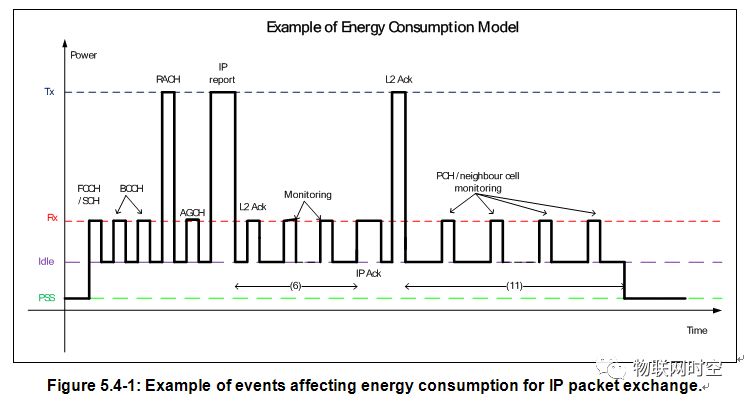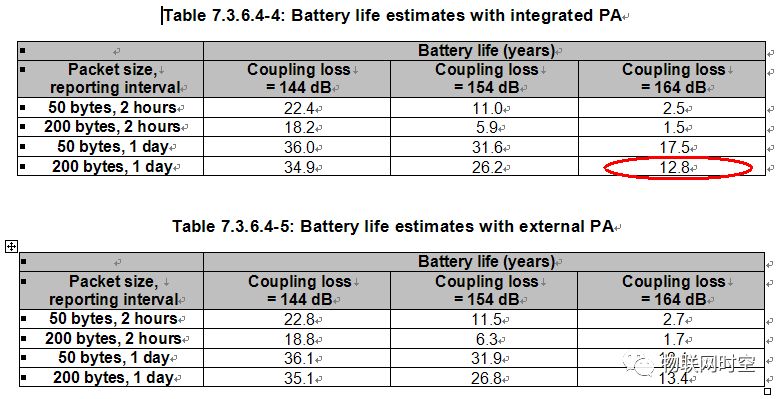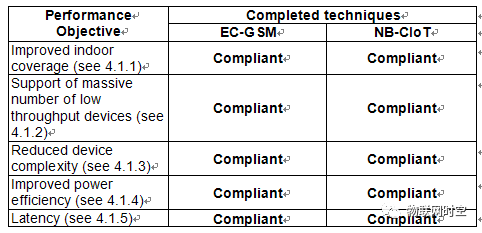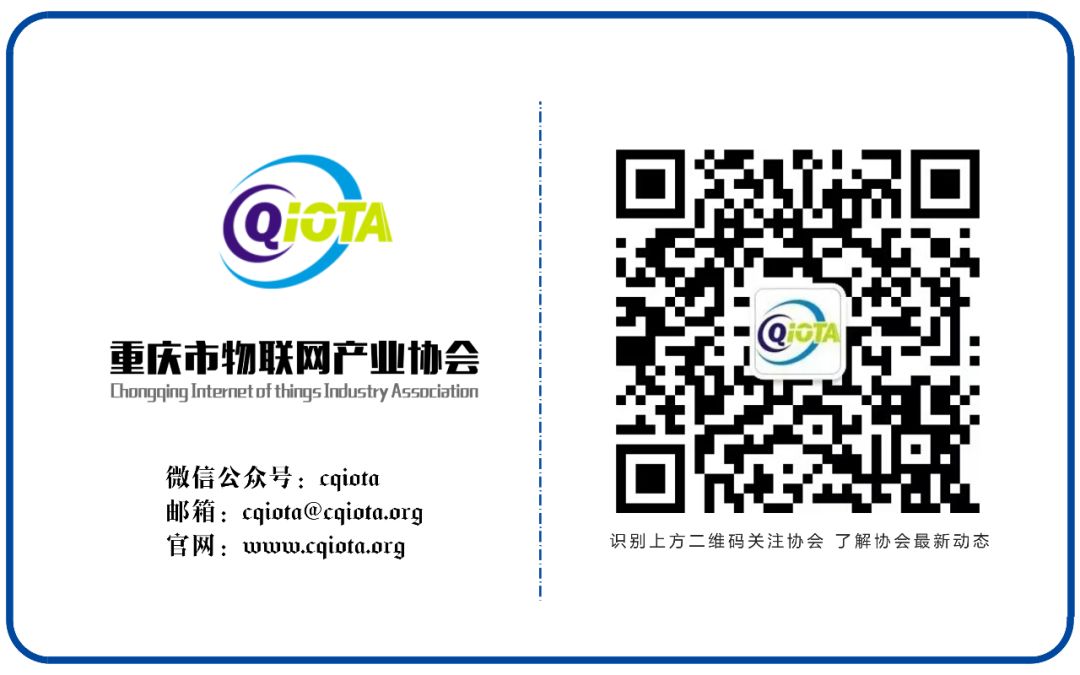Source: IoT Time Space; Organized and published by the “Chongqing IoT Industry Association”.
NB-IoT has four major advantages:

Regarding its low power consumption advantage, industry insiders know that it can work for 10 years.

This mainly uses two power-saving technologies:
Two Power-Saving Technologies in NB: eDRX and PSM
1.eDRX
In any mobile communication system, it is unlikely that the terminal will be working all the time. Just as a person cannot work constantly and needs breaks, the system has designed a mechanism called DRX that allows the terminal to rest, achieving power savings by turning off the transmitter and receiver (Tx/Rx) during rest.
DRX (Discontinuous Reception) has two main ideas:
◢ By designing a set of timers, the terminal and the network maintain strict time synchronization to prevent situations where the terminal is asleep while the network keeps calling it; or you wake up late on a workday without an alarm and end up being late for work, which is a rhythm of self-destruction.
◢ The network side and terminal side design a communication mechanism to facilitate discussions about when the terminal can go to sleep.
2. PSM (Power Saving Mode)
The technical principle of PSM is very simple: it adds a new state, PSM (a sub-state of IDLE), in the IDLE state, where the terminal’s radio frequency is turned off, equivalent to a shutdown state (but the core network retains the user’s context, so the user does not need to reattach/PDN establish when entering idle/connected state). This feature was introduced in 3GPP Release 12, with relevant protocol specifications in 24.301-5.3.11 Power Saving Mode and 23.682-4.5.4 UE Power Saving Mode.
In PSM state, downlink is unreachable, and when DDN reaches MME, MME notifies SGW to cache user downlink data and delays triggering paging; when there is uplink data/signaling to send, it triggers the terminal to enter connected state.
After entering power-saving mode, the device no longer receives paging messages, making it seem like the device is disconnected from the network, but the device is still registered in the network. After the UE enters PSM mode, it will only exit PSM mode when the UE needs to send MO data or when the periodic TAU/RAU timer times out, with a maximum TAU cycle of 310 hours.

But can the NB-IoT battery really work for 10 years? Under what conditions can it work for 10 years?
In fact, when the 3GPP standard was formulating the low power performance indicators for low power wide area network technology, the conditions for working for 10 years were already defined. So how does the 3GPP standard define this specifically?
3GPP TR45.820 fully introduces the conditions for 10 years of usability, specifically including the following conditions:
Condition 1: Battery Capacity
The standard clearly requires that under a battery capacity of 5Wh, the usage duration should reach 10 years.
For commonly used lithium polymer batteries in mobile phones and smart wearables, 5Wh corresponds to about 1350mA. For dry batteries, it is roughly equivalent to 3 AA batteries or 1 D battery, which is the origin of the claim that an AA battery can last for 10 years.

Condition 2: Battery Utilization Rate
Assuming a battery utilization rate of 100%, without considering any aging, energy conversion losses, etc.

Condition 3: T3314 and T3324 Duration (When the Terminal Enters PSM State)
From the evaluation model, it can be seen that if the terminal immediately enters IDLE state after sending and receiving data (T3314=0), and then enters PSM mode after 20 seconds (T3324). For NB-IoT, T3314 and T3324 are specified by the network side and can be configured by the core network.


Condition 4: Data Volume
The amount of data directly affects the sending and receiving time, thereby impacting the working duration. The standard stipulates that the 10-year lifespan is measured under the scenario where only the terminal actively reports data, and the network side does not send data.
Daily reporting frequency: two scenarios, every 2 hours and every 24 hours.

Data volume per report:
UL: two scenarios of 50B and 200B.
DL: 29B or 65B, which means only ACK packets, no data transmission.


Condition 5: Terminal Architecture
Clearly, although not explicitly stated, the power consumption model defined by the 3GPP standard is for a terminal that only has the basic data sending and receiving functions of NB-IoT, without GPS positioning, sensor data collection, etc. (or does not include the power consumption of these components). This is an implicit condition.
Condition 6: Bandwidth and Deployment Method
Based on a bandwidth of 200KHz and independent deployment method.

Evaluation Results: Based on the above conditions, the 3GPP also provided evaluation results, as shown in the table below. It can be seen that to ensure that a 5Wh battery meets the 10-year lifespan requirement under enhanced coverage mode 2, the data sending and receiving frequency must be once a day, with data volume <= 200B.

Note:
When defining the 10-year lifespan requirement, 3GPP did not limit it to NB-IoT technology; in fact, both EC-GSM and NB-CIoT belong to the technologies defined by 3GPP that can work for 10 years (or are required to work for 10 years).


However, in reality, due to various factors, an AA battery actually cannot work for 10 years. These factors include:
-
The battery energy utilization rate cannot be 100%, generally it is 50%-90%;
-
The frequency of data sending and receiving and the data volume often exceed 200B/day;
-
The terminal device has power-consuming components like sensors (which often consume more power than NB-IoT itself);
-
The parameters of the base station and core network are often not configured solely for the lowest terminal power consumption;
-
……
